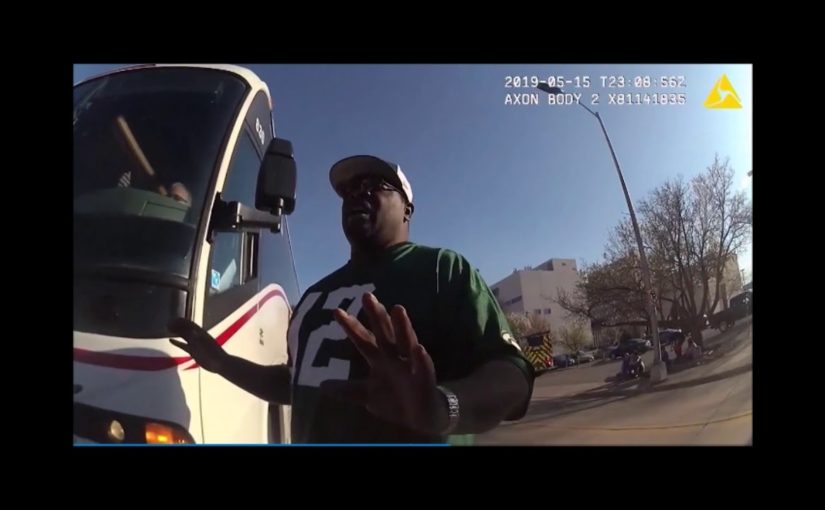We now know the shootout that left Appleton firefighter Mitch Lundgaard and another man dead, happened after a drug overdose treatment.
Crews revived Ruben Houston on a Lamers bus at Appleton’s Valley Transit center with an opioid reversal drug.
A police report says Houston admitted he’d taken morphine pills.
But tensions started to escalate once Houston was awake.
Police say Houston became agitated when they tried to convince him to go to the hospital, and that’s when the medical call turned deadly.
Other first responders say, trying to get Houston to a hospital was the right call to make.
“It’s kind of a band-aid to the problem.” said systems director for Gold Cross Ambulance Nick Romenesko.
That band aid he’s referring to is Narcan – a temporary overdose reversal drug.
“Just because you give the Narcan, doesn’t mean the problem’s over,” Romenesko said. “They really need to seek medical attention.”
According to a police report, paramedics were confident Houston was overdosing.
The red flag being pupils they described as the size of a pin.
“The two things that we really look for are the pinpoint pupils, and the decrease respiration; those are telltale signs on an opiate overdose,” said Romenesko.
The report says paramedics gave Houston half a milligram of Narcan.
Houston started breathing normally but was still unconscious, so paramedics gave him another dose. That’s when Houston walked himself off the bus, appearing to be back to normal.
“Once you administer it, if the drug or opioid is still in the system, the symptoms that the individual was having can come back,” Romenesko explained. “They can go back into an unconscious state, or have decrease respiration, or stop breathing again, just like the drug was first in their system.”
Houston told first responders he took four of his wife’s morphine pills, but it’s unknown how strong those pills were.
Romenesko says the stronger the drug, the more dangerous the situation can become.
“The more potent the medication, or the drug that you took that’s within your system, that’s where you’re going to have those bad reactions, where you stop breathing, go unconscious, and then end up having ems and 911 called,” he said.
Houston refused further medical care, and began to get more agitated while talking to police.
But Romenesko says everybody responds differently to the medication.
“We always want to have our safety and the safety of others in mind when that happens,” he said. “We want to be very cautious that police are around us to make sure that they’re able to be with that individual to help us if they would become violent, because that has happened and is known to happen.”
But as for whether Narcan, in this case, could be the cause of the horrific events that followed.
“No, that didn’t seem to be a situation that we had in this case,” Outagamie County district attorney Melinda Tempelis said. “It was specific choices that he was making, in terms of his behavior.”
Tempelis says they’re still waiting on results from Houston’s toxicology report.
That will tell them more about what Houston had in his system, and exactly how much.

Leave a sleeping patient asleep. He cant harm anyone asleep. You DO NOT need to give narcan. You only need to use a BVM and oxygen, maybe suction to help the patient. Even if they gave the patient one dose and he started breathing, that’s perfect. There was NO NEED to wake him up.